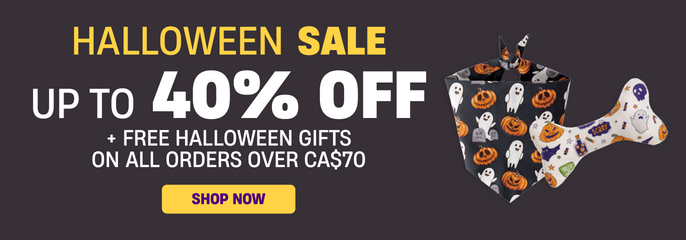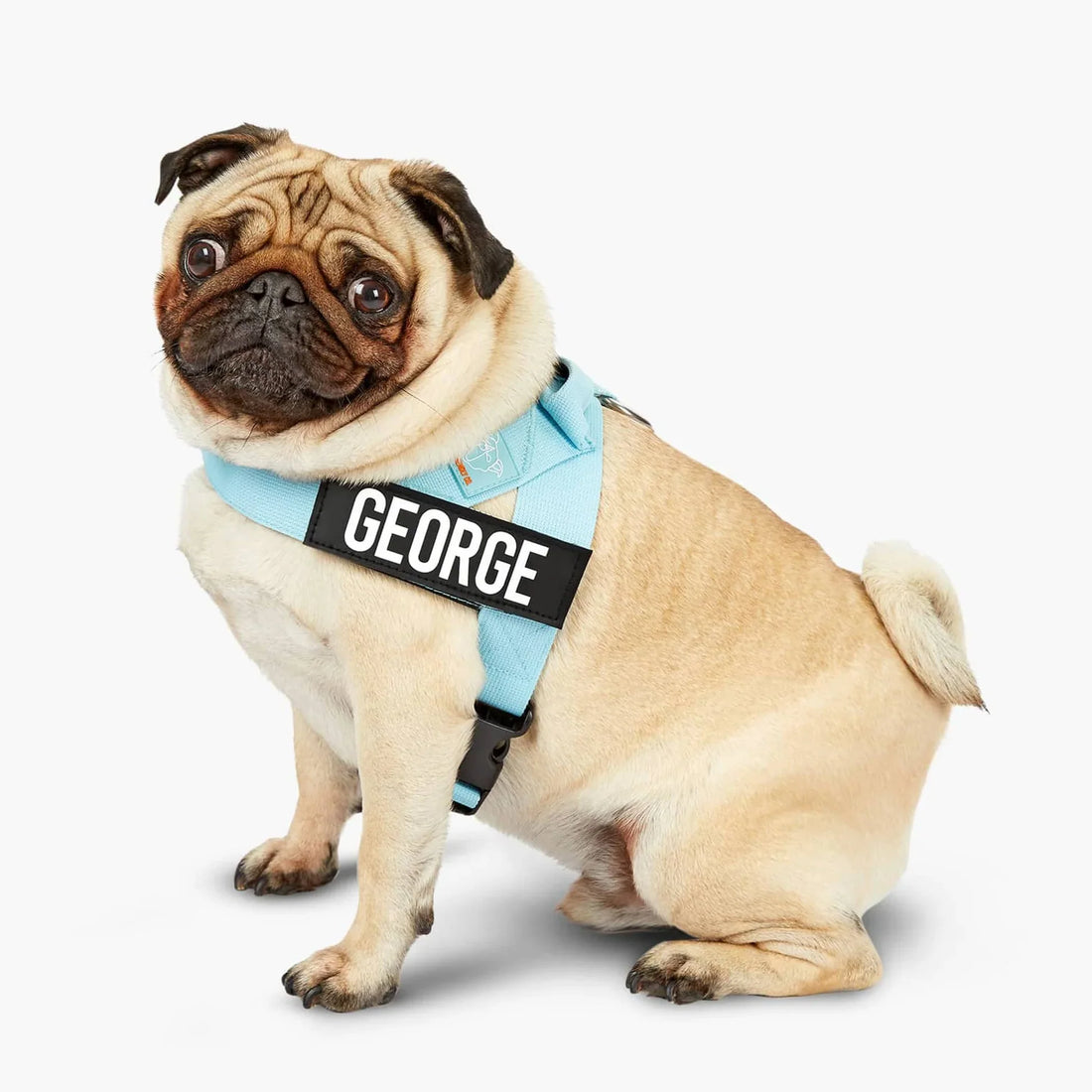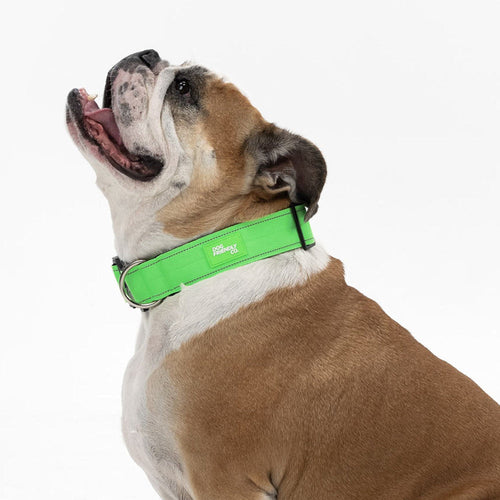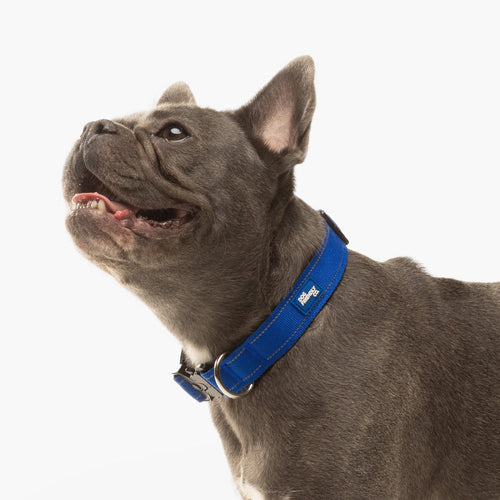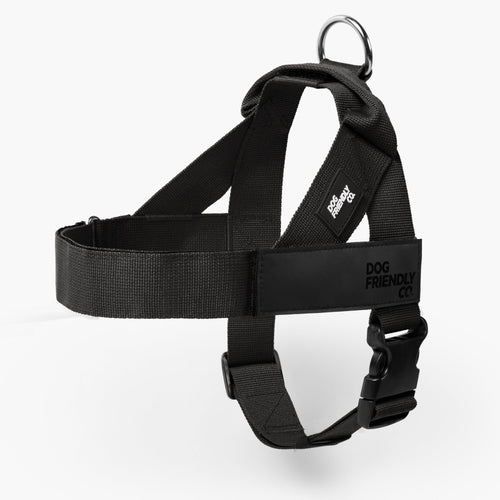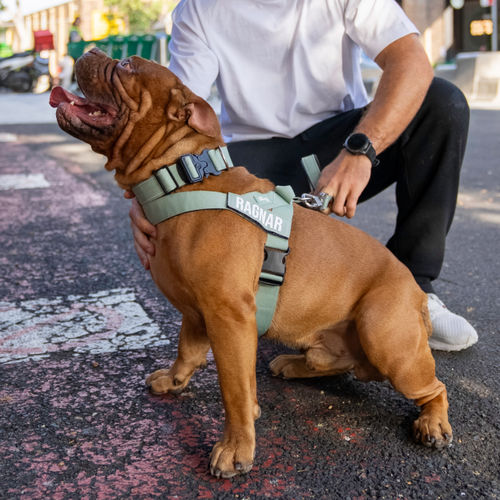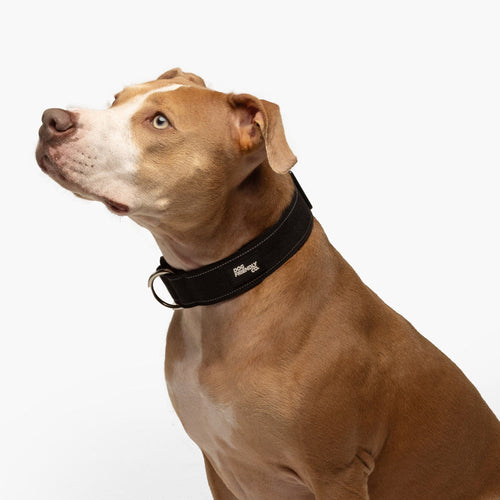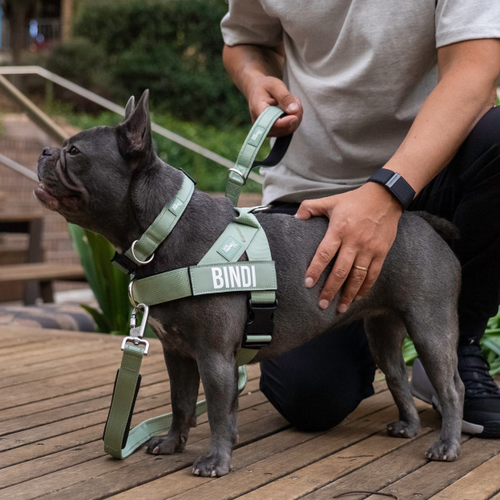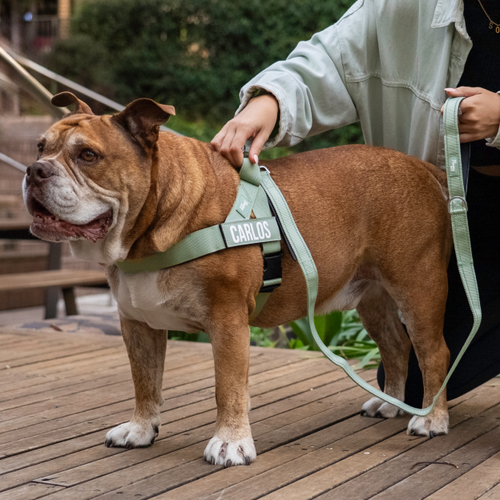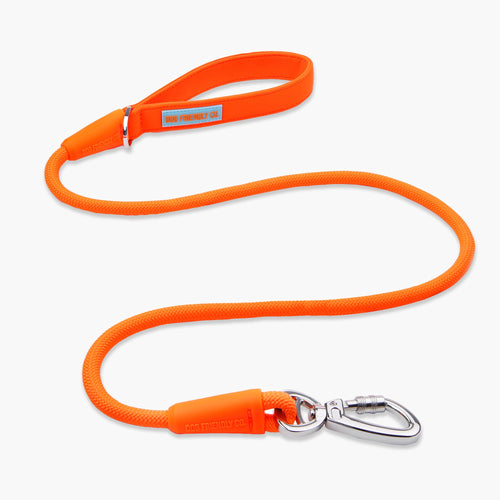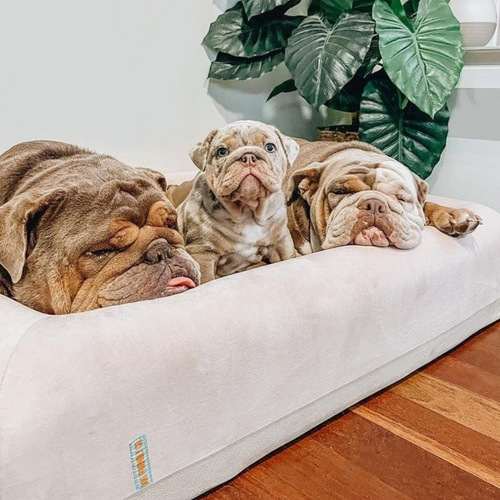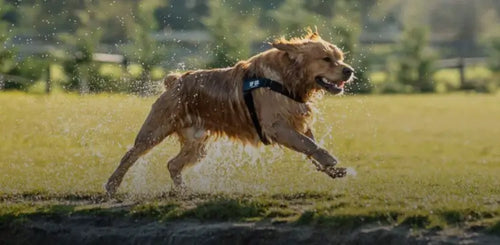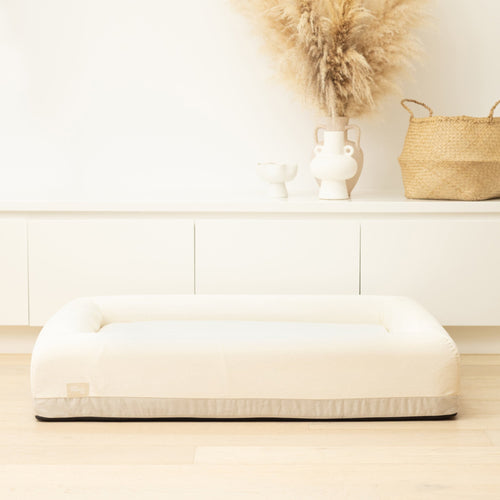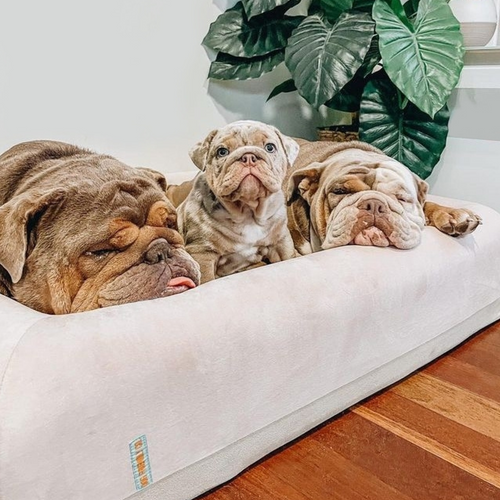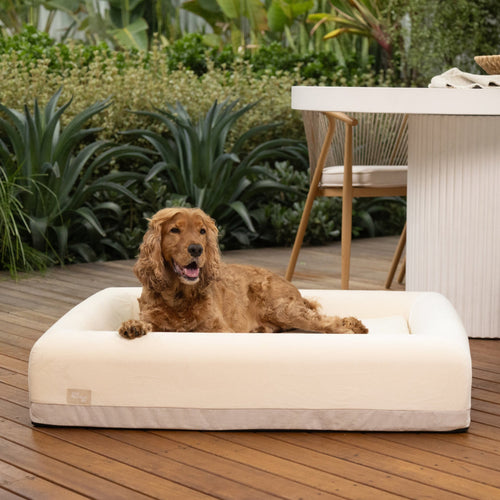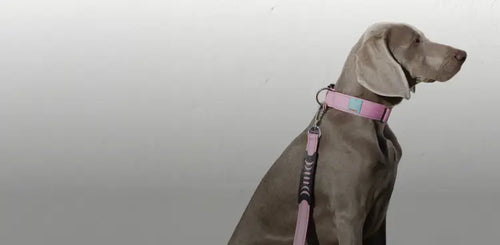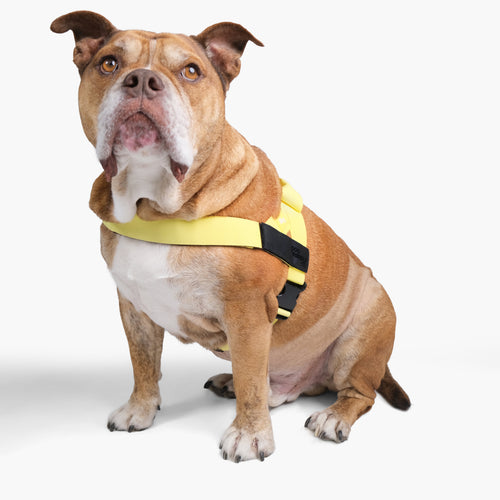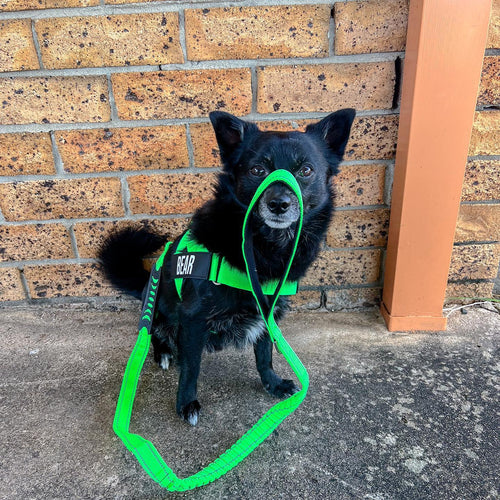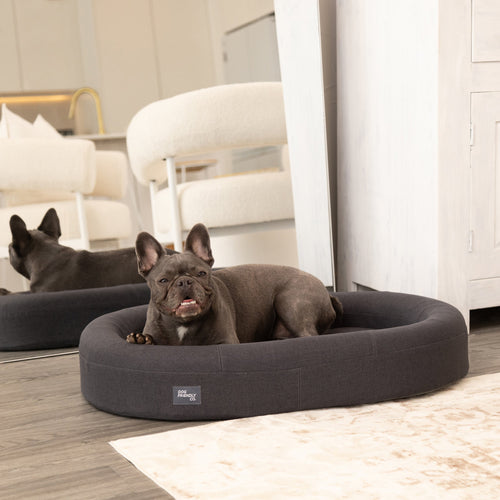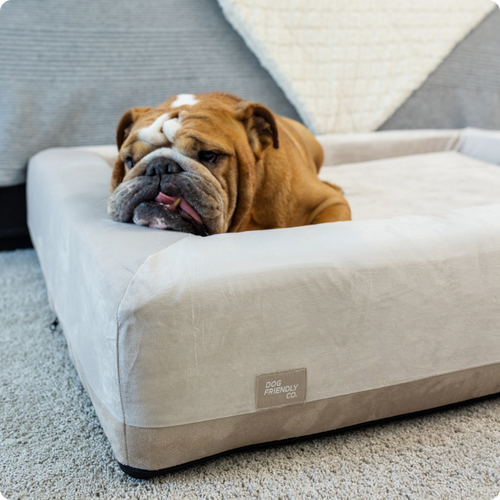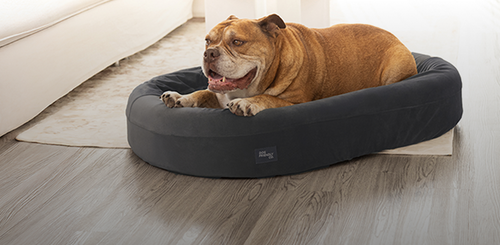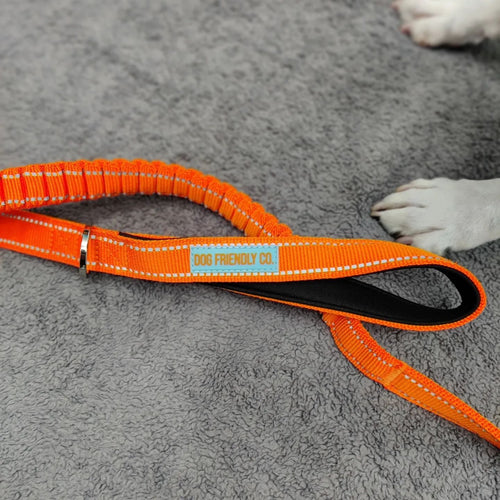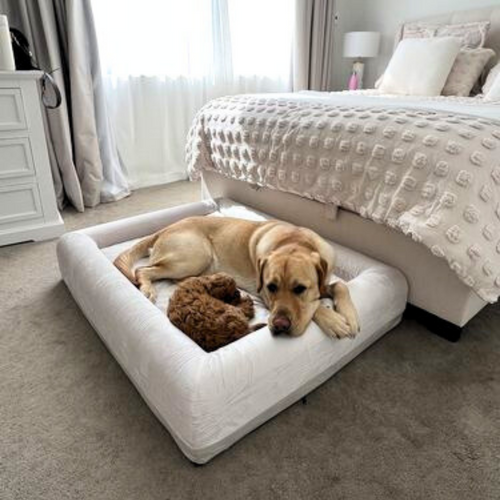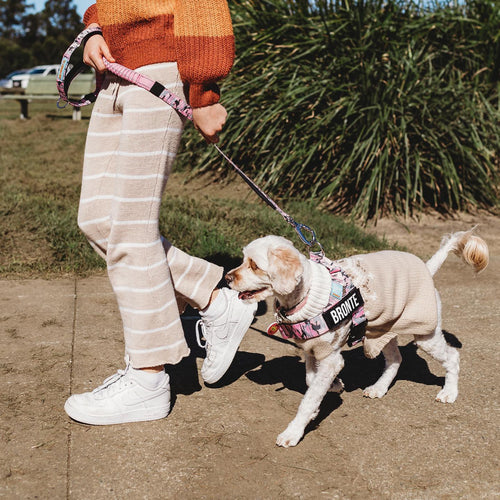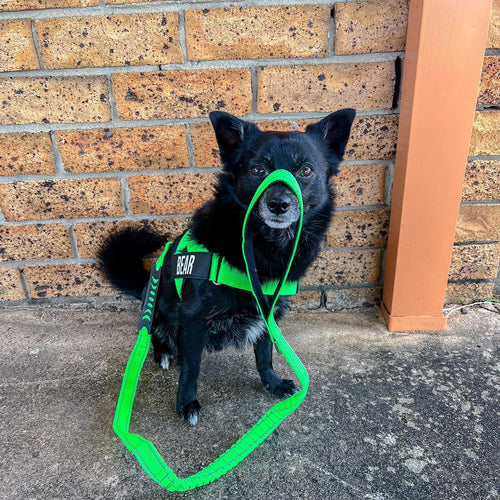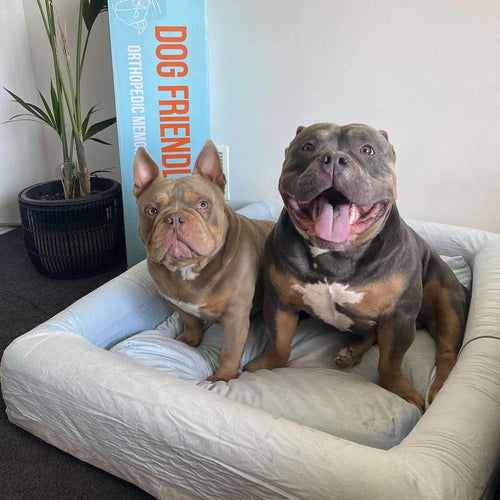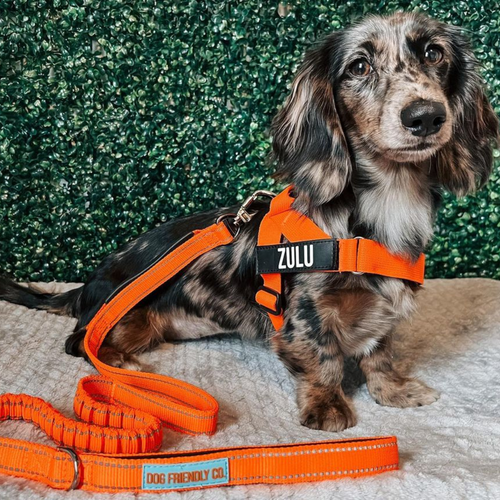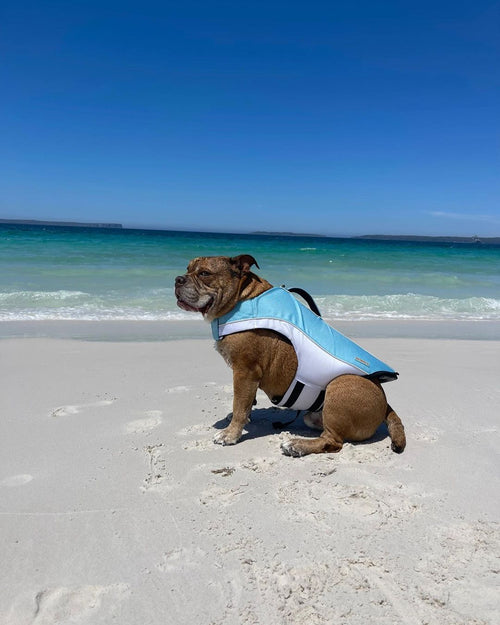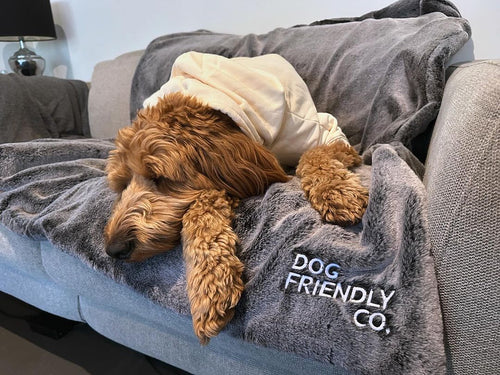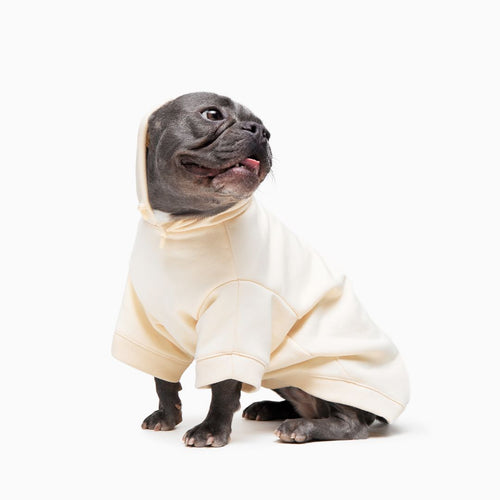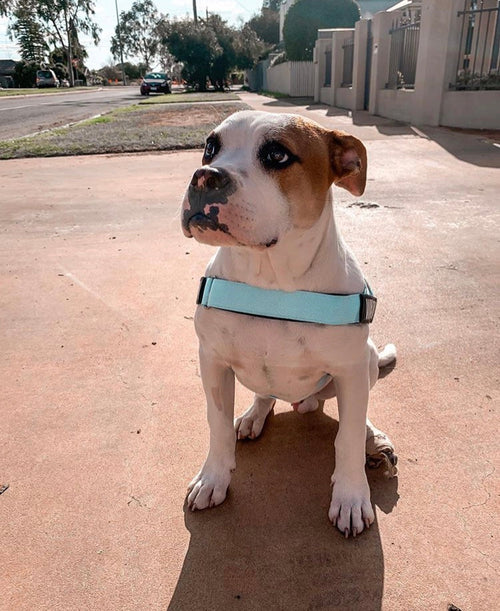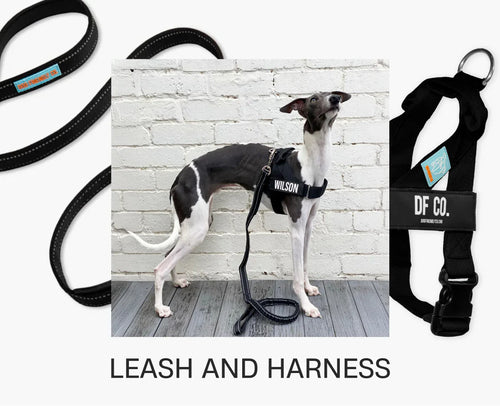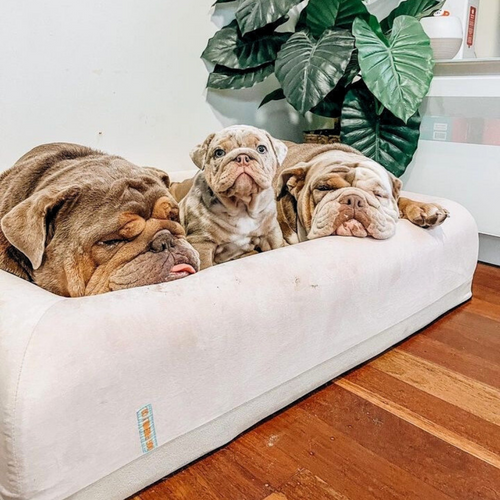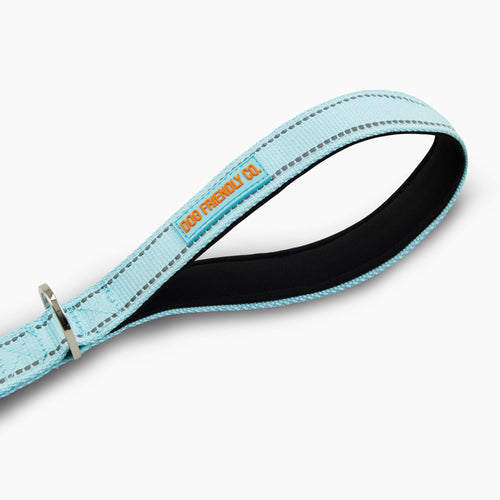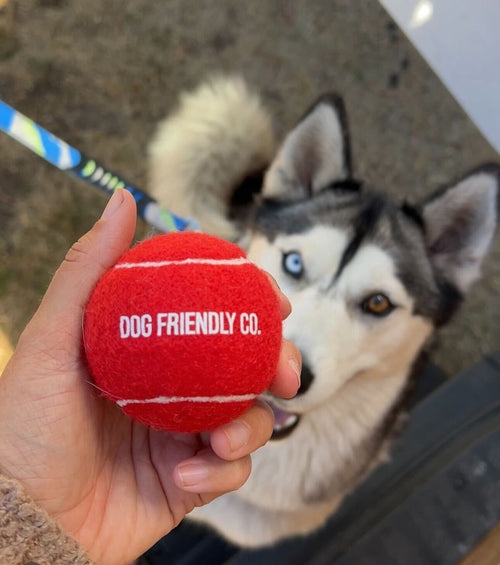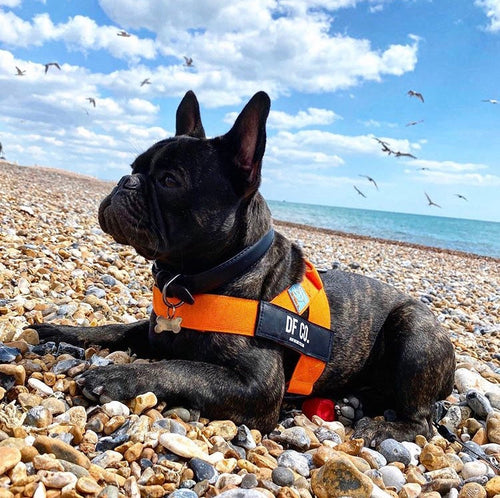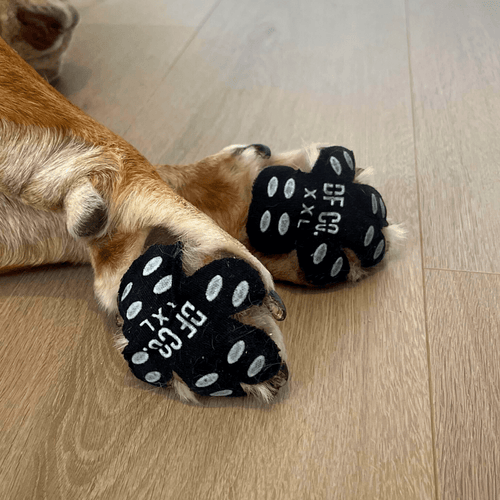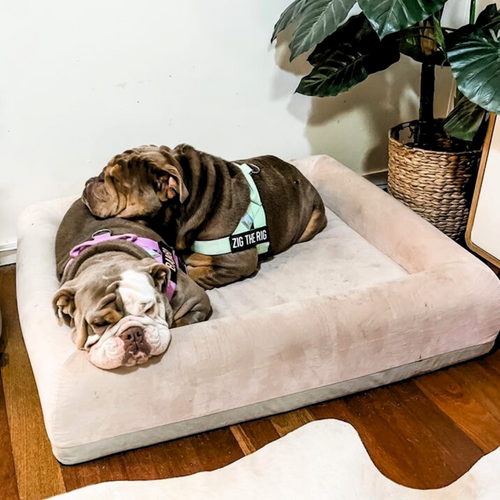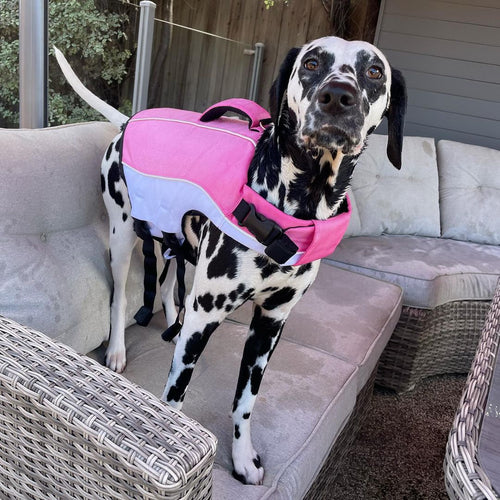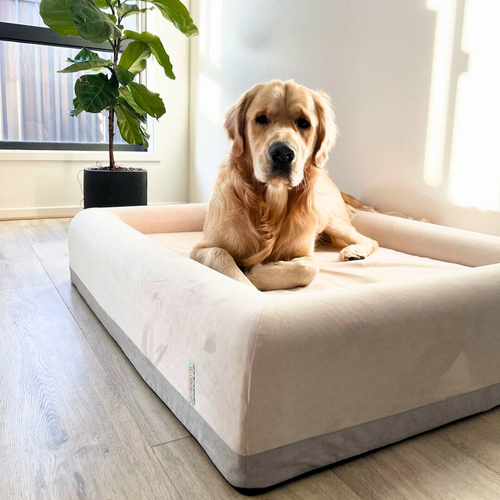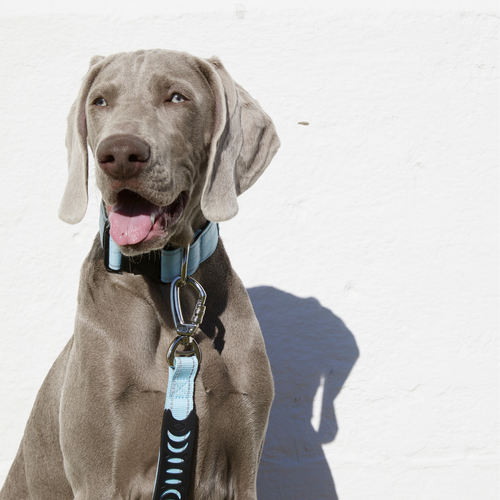Yes, many trainers recommend dog harnesses as they provide more control during walks, all without putting unnecessary pressure on a dog's neck. Even the Association of Professional Dog Trainers (APDT) supports the use of harnesses for their comfort and effectiveness during training.
Studies have shown that harnesses can minimise the risk of injury associated with collars, making them the preferred choice out of the two.
Is it better to walk a dog with a harness or collar?
Walking a dog with a harness is often considered better than using a dog collar. Harnesses distribute pressure in an even way across a dog’s chest and shoulders, spreading out the pressure and reducing strain on the neck. This makes walks more comfortable and safer for your dog, while offering better control for you.
Do harnesses encourage pulling?
Using a no-pull harness, like those from Dog Friendly Co., is a great way to manage a dog’s pulling behaviour. Our harnesses are made to distribute pressure evenly and reduce the tendency to pull. This keeps walks more enjoyable for both you and your dog.
Are no-pull harnesses bad for dogs?
No-pull harnesses are generally not harmful when used correctly. It’s always important to get the proper fit to avoid any discomfort or restriction in movement.
Does a dog have to wear a collar with a harness?
It is not necessary for a dog to wear a collar alongside a harness, however it is up to the discretion of the owner.
How do I know what harness to get my dog?
Choosing the right harness depends on your dog's size, breed, and walking habits. For active dogs or those prone to pulling, a no-pull harness with adjustable straps is the best solution.
All Dog Friendly Co. harnesses offer adjustable neck and chest straps for a secure and comfortable fit for dogs of all sizes. You can measure your dog’s chest girth and neck size to find the perfect fit.
Should I put my dog's harness on the front or back?
This depends on the type of control you’re looking for. A front-clip harness can help with pulling by redirecting your dog’s attention back toward you, however, a back-clip harness might be better for general walking. Try out both and see what you and your dog prefer!
Is it OK to leave a harness on a dog all the time?
It's generally recommended to remove the harness when your dog is resting or indoors, although it won't cause any harm to wear it a little longer. The main thing is to allow the skin to breathe to avoid rashes from developing. However, all our harnesses are designed to be comfortable for extended periods of time.
What dog harnesses don't restrict movement?
Always look for harnesses that come with adjustable straps and a lightweight, ergonomic fit. Our harnesses are made to allow freedom of movement so that your dog can comfortably move without restriction. This makes them ideal for active dogs who love to run and play.
Do vets recommend harnesses?
Yes, many veterinarians recommend harnesses over collars. This is particularly true for dogs with respiratory issues or breeds prone to tracheal collapse, such as pugs and bulldogs.
According to the American Veterinary Society of Animal Behavior (AVSAB), harnesses reduce the risk of neck injuries that can occur with collars.
Do dogs behave better with a harness?
This is completely dependent on your dog and breed. Some dogs might behave better with a harness because it provides a sense of security and control during walks. A well-fitted harness is also a great way of reducing pulling and jumping if this is something your dog is prone to.
Do dogs walk better with a harness?
Yes, a harness offers more control and can be very effective in reducing pulling. The even distribution of pressure helps guide dogs without causing discomfort—making for walks that are smoother and more pleasant.
Why do some dogs hate harnesses?
Some dogs may be hesitant about wearing a harness due to unfamiliarity or past discomfort. It’s always a good idea to introduce the harness slowly and positively. Use treats and praise to build a positive association for example—this can greatly improve the relationship between dog and harness.
Do dogs feel safer in a harness?
Yes, many dogs feel more secure in a harness because it provides a snug fit that can have a calming effect. Again, this is completely down to your dog.
How can I stop my dog from pulling on walks?
Using a no-pull harness can significantly reduce pulling by distributing pressure evenly across the chest and shoulders of your dog. When combined with consistent training, rewarding your dog for walking beside you, and using short, gentle corrections when they start to pull, you can greatly improve pulling.
If you’re concerned about your dog’s pulling, it’s always best to see a dog behaviourist for more information.
